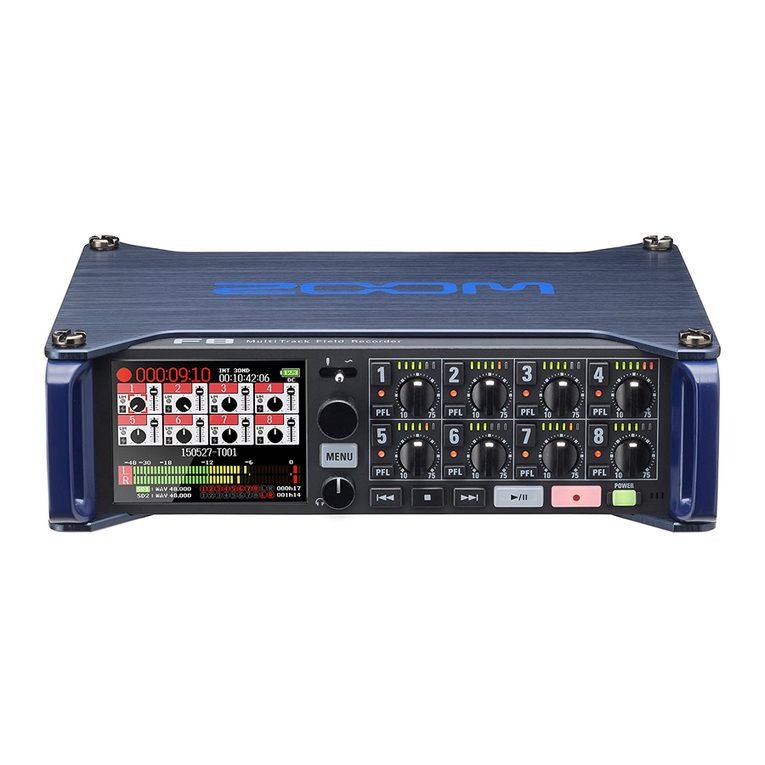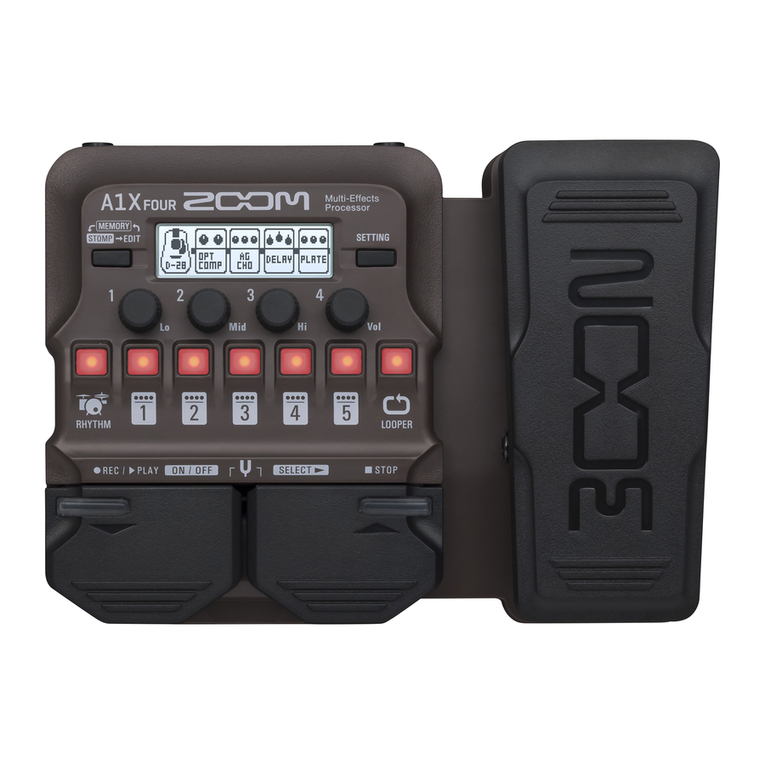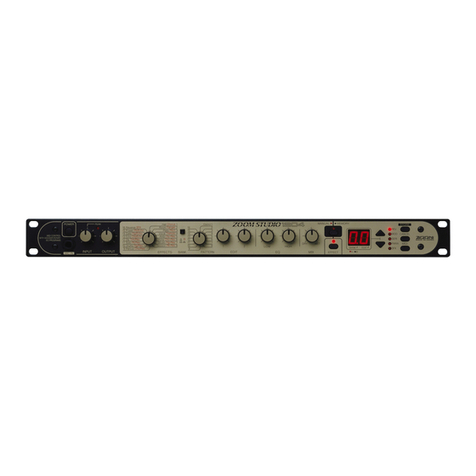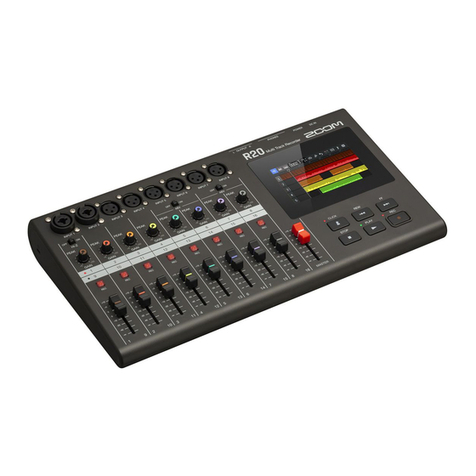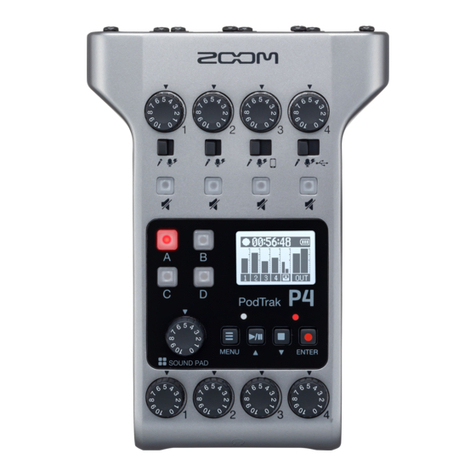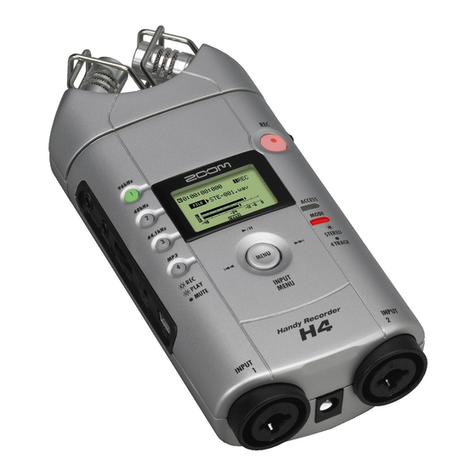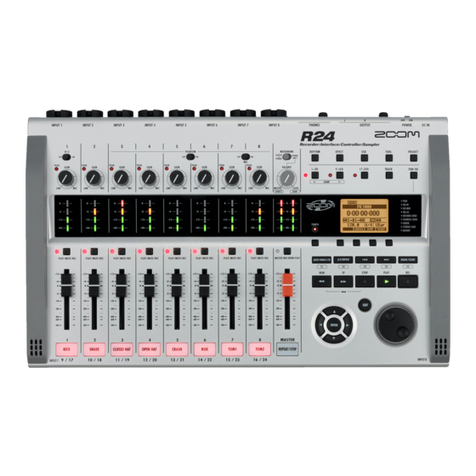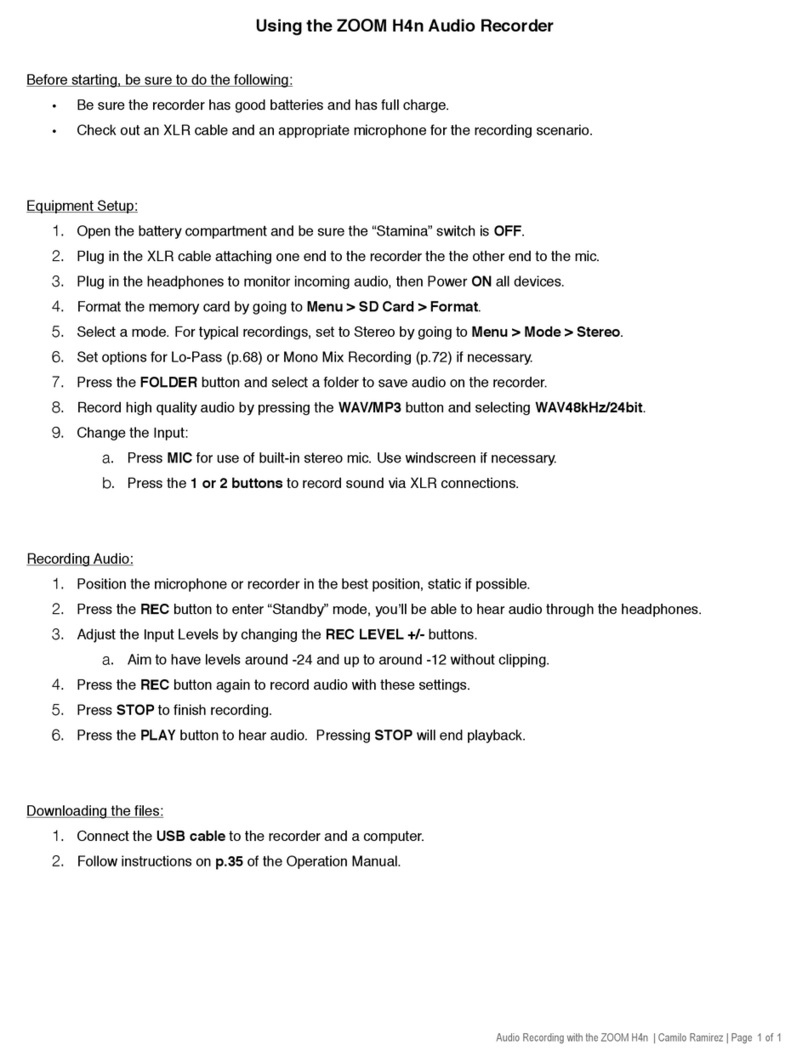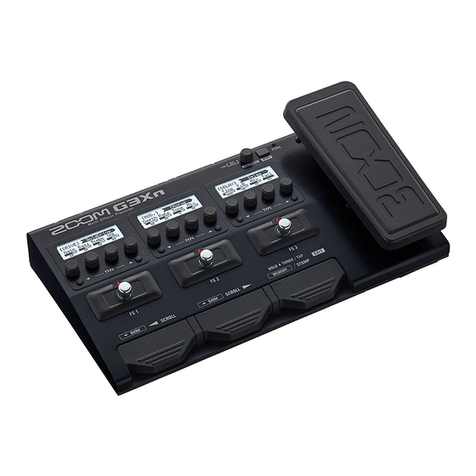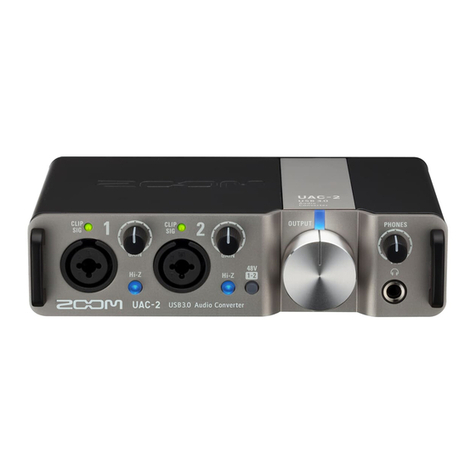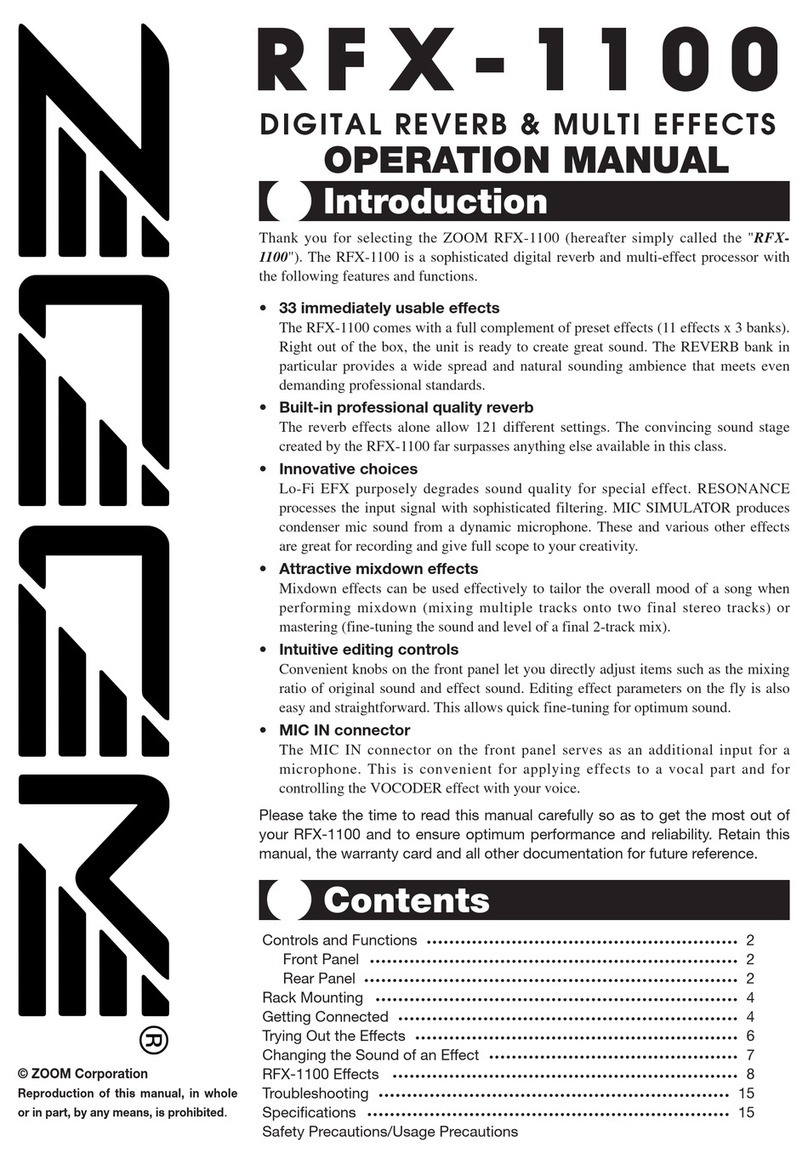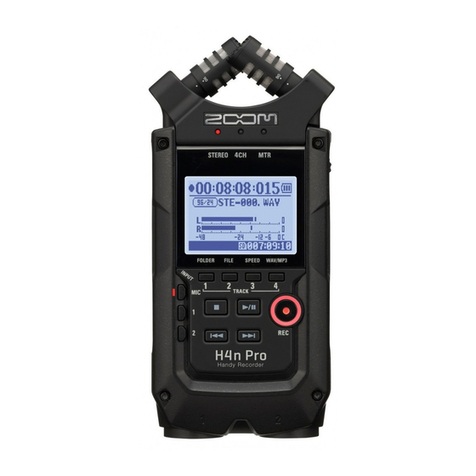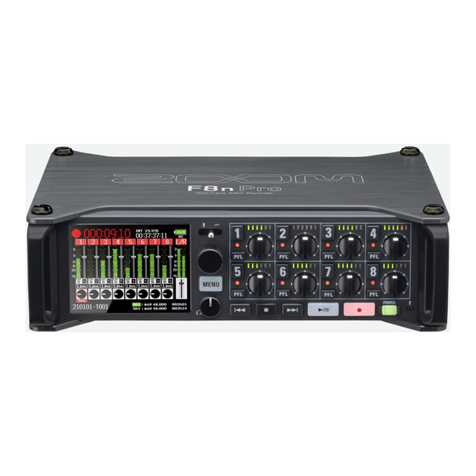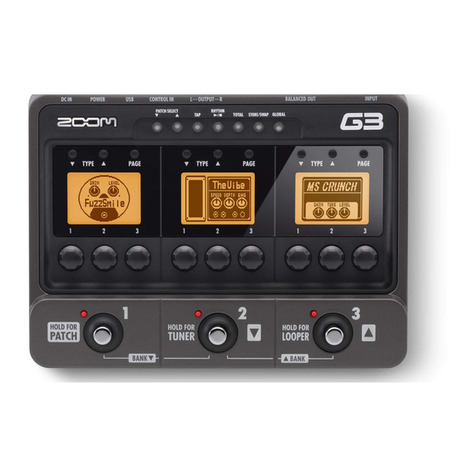Safety Precautions •••••••••••••••••••••••••••••••••••••••••••••••••••••••••••••••••••••••••••••••••••••••••••••• 2
Usage Precautions••••••••••••••••••••••••••••••••••••••••••••••••••••••••••••••••••••••••••••••••••••••••••••••• 2
Getting Familiar With Some Basic Terms •••••••••••••••••••••••••••••••••••••••••••••••••••••••••••••• 3
Names and Functions of Controls and Connectors •••••••••••••••••••••••••••••••••••••••••••••••••• 4
Front Panel •••••••••••••••••••••••••••••••••••••••••••••••••••••••••••••••••••••••••••••••••••••••••••••••••••• 4
Rear Panel ••••••••••••••••••••••••••••••••••••••••••••••••••••••••••••••••••••••••••••••••••••••••••••••••••••• 5
Connection Examples•••••••••••••••••••••••••••••••••••••••••••••••••••••••••••••••••••••••••••••••••••••••••• 6
Connection to one guitar amplifier (Example 1) •••••••••••••••••••••••••••••••••••••••••••••••••••••••••• 6
Connection to two guitar amplifiers (Example 2)••••••••••••••••••••••••••••••••••••••••••••••••••••••••• 6
Connection to Head phone (Example 3) ••••••••••••••••••••••••••••••••••••••••••••••••••••••••••••••••••• 6
Playing a Patch (Use of the Play Mode) •••••••••••••••••••••••••••••••••••••••••••••••••••••••••••••••• 7
Panel display in Play mode •••••••••••••••••••••••••••••••••••••••••••••••••••••••••••••••••••••••••••••••••• 7
Selecting a patch ••••••••••••••••••••••••••••••••••••••••••••••••••••••••••••••••••••••••••••••••••••••••••••• 7
Useful functions in the Play mode ••••••••••••••••••••••••••••••••••••••••••••••••••••••••••••••••••••••••• 8
Editing a Patch (Use of the Edit Mode) ••••••••••••••••••••••••••••••••••••••••••••••••••••••••••••••••• 10
Entering the Edit mode •••••••••••••••••••••••••••••••••••••••••••••••••••••••••••••••••••••••••••••••••••••• 10
Panel display in Edit mode ••••••••••••••••••••••••••••••••••••••••••••••••••••••••••••••••••••••••••••••••• 10
Editing a patch ••••••••••••••••••••••••••••••••••••••••••••••••••••••••••••••••••••••••••••••••••••••••••••••• 11
Turning effect modules on and off ••••••••••••••••••••••••••••••••••••••••••••••••••••••••••••••••••••••••• 12
Compare •••••••••••••••••••••••••••••••••••••••••••••••••••••••••••••••••••••••••••••••••••••••••••••••••••••• 12
Storing a patch ••••••••••••••••••••••••••••••••••••••••••••••••••••••••••••••••••••••••••••••••••••••••••••••• 12
Effect Types and Parameters ••••••••••••••••••••••••••••••••••••••••••••••••••••••••••••••••••••••••••••••• 13
Effect Module 1: (PRE) ••••••••••••••••••••••••••••••••••••••••••••••••••••••••••••••••••••••••••••••••• 13
Effect Module 2: Equalizer (EQ) ••••••••••••••••••••••••••••••••••••••••••••••••••••••••••••••••••••••• 15
Effect Module 3: Modulation •••••••••••••••••••••••••••••••••••••••••••••••••••••••••••••••••••••••••• 16
Effect Module 4: Delay•••••••••••••••••••••••••••••••••••••••••••••••••••••••••••••••••••••••••••••••••• 20
Effect Module 5: Reverb (REV) ••••••••••••••••••••••••••••••••••••••••••••••••••••••••••••••••••••••• 20
Patch level •••••••••••••••••••••••••••••••••••••••••••••••••••••••••••••••••••••••••••••••••••••••••••••••• 21
About the TOTAL parameters •••••••••••••••••••••••••••••••••••••••••••••••••••••••••••••••••••••••••••••• 21
EXTERNAL LOOP ••••••••••••••••••••••••••••••••••••••••••••••••••••••••••••••••••••••••••••••••••••• 21
EXTERNAL CTRL OUT (External Control) •••••••••••••••••••••••••••••••••••••••••••••••••••••••• 21
MINIMUM VOLUME •••••••••••••••••••••••••••••••••••••••••••••••••••••••••••••••••••••••••••••••••• 22
MIDI CH (MIDI Channel) •••••••••••••••••••••••••••••••••••••••••••••••••••••••••••••••••••••••••••••• 22
EXP. SELECT (Expression Select) •••••••••••••••••••••••••••••••••••••••••••••••••••••••••••••••••••• 22
Edit Mode Application Examples ••••••••••••••••••••••••••••••••••••••••••••••••••••••••••••••••••••••••• 23
Tapping input of delay time •••••••••••••••••••••••••••••••••••••••••••••••••••••••••••••••••••••••••••••••• 23
External effecter loop ••••••••••••••••••••••••••••••••••••••••••••••••••••••••••••••••••••••••••••••••••••••• 23
External control •••••••••••••••••••••••••••••••••••••••••••••••••••••••••••••••••••••••••••••••••••••••••••••• 23
Expression pedal control •••••••••••••••••••••••••••••••••••••••••••••••••••••••••••••••••••••••••••••••••••• 24
Other Functions•••••••••••••••••••••••••••••••••••••••••••••••••••••••••••••••••••••••••••••••••••••••••••••••••• 25
Restoring individual factory preset patches (patch recall) •••••••••••••••••••••••••••••••••••••••••••••• 25
Restoring all factory preset patches (initialize) •••••••••••••••••••••••••••••••••••••••••••••••••••••••••• 25
Volume pedal control ••••••••••••••••••••••••••••••••••••••••••••••••••••••••••••••••••••••••••••••••••••••• 25
MIDI control ••••••••••••••••••••••••••••••••••••••••••••••••••••••••••••••••••••••••••••••••••••••••••••••••• 26
Swapping the pedal functions •••••••••••••••••••••••••••••••••••••••••••••••••••••••••••••••••••••••••••••• 26
Application Examples for Use of Foot Switch and Pedal Switch 1–4 ••••••••••••••••••••••• 27
Using the FS01 ••••••••••••••••••••••••••••••••••••••••••••••••••••••••••••••••••••••••••••••••••••••••••••••• 27
Specifications•••••••••••••••••••••••••••••••••••••••••••••••••••••••••••••••••••••••••••••••••••••••••••••••••••• 28
Contents


